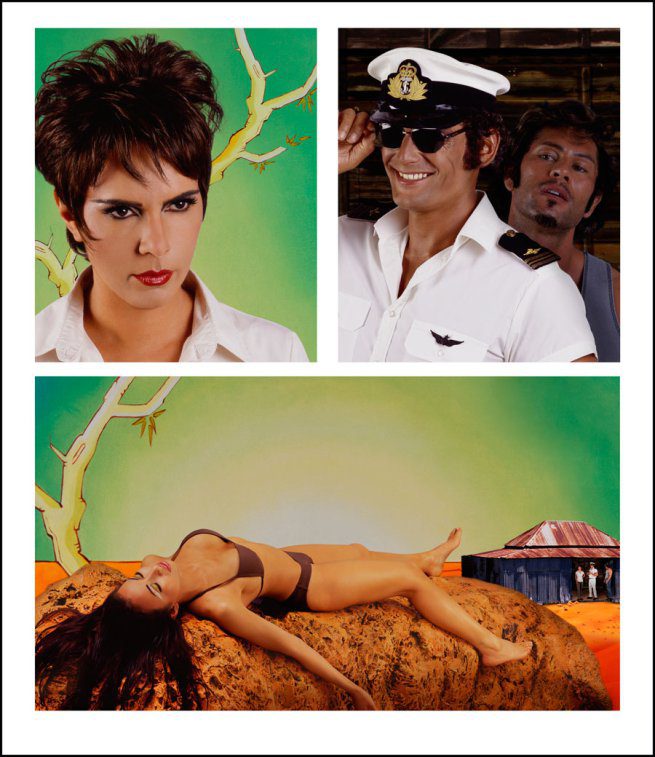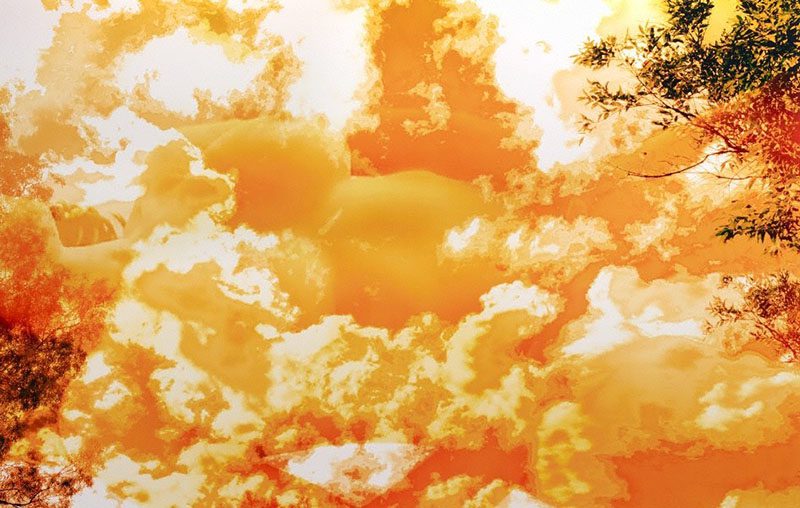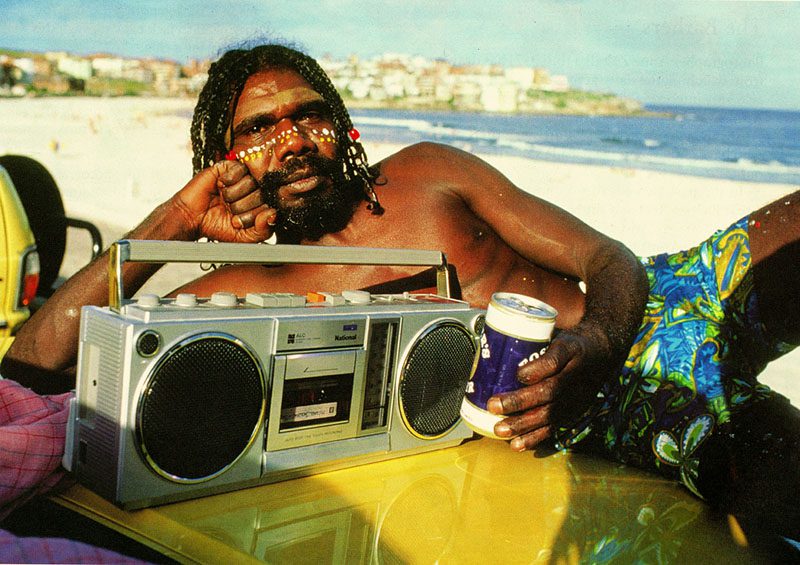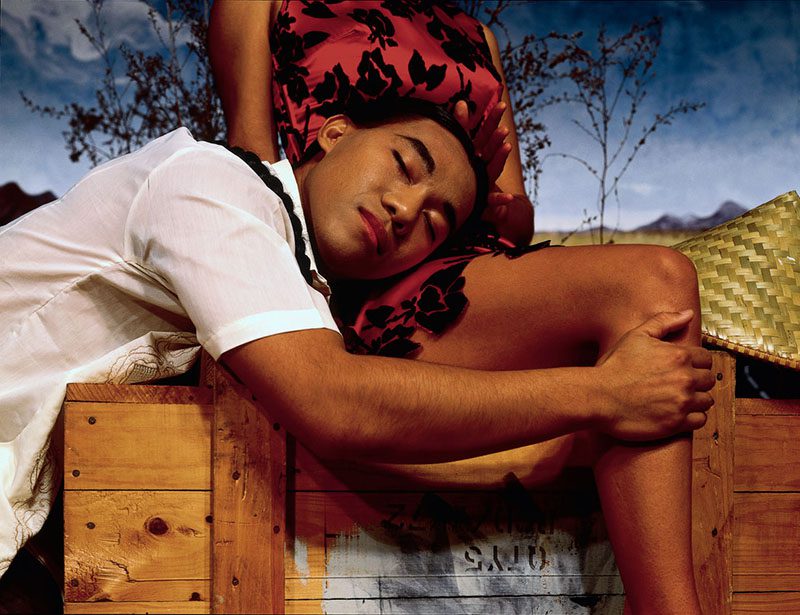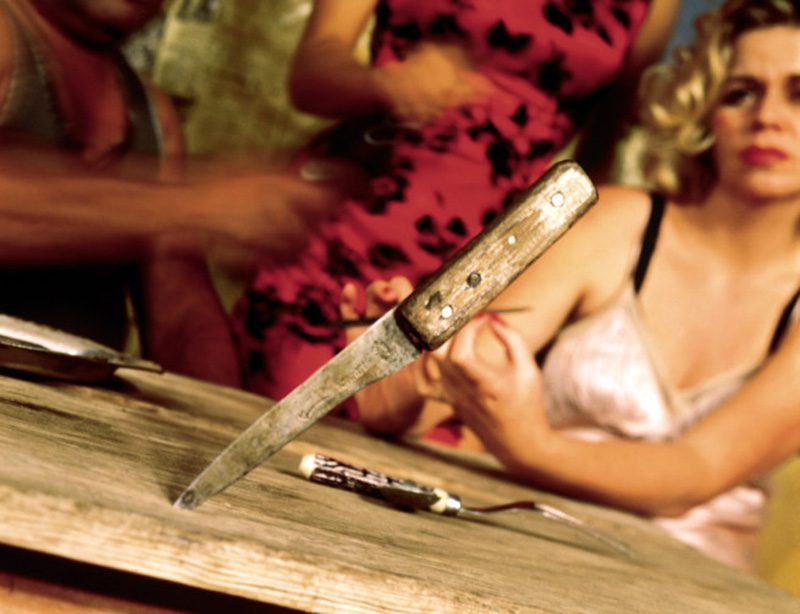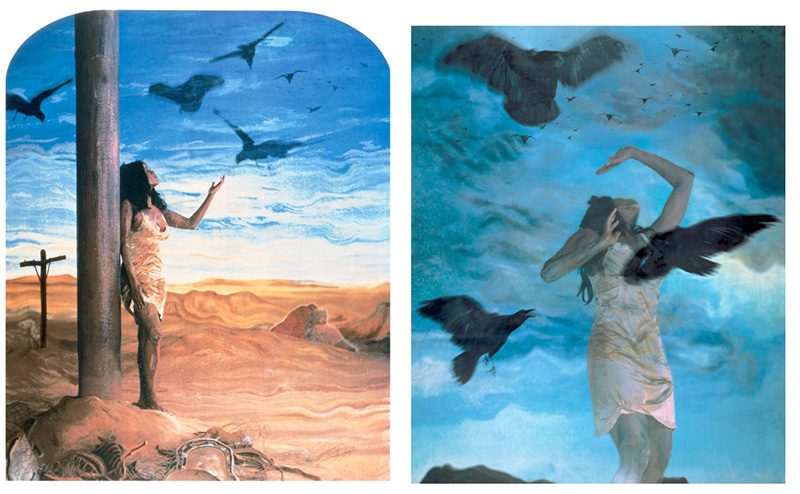PHOTO:Tracey Moffatt
 Tracey Moffatt will be the sole artist representing Australia at the 57th, Venice Biennale 2017. Tracey Moffatt is one of Australia’s most successful artists, both nationally and internationally. Highly regarded for her formal and stylistic experimentation in film, photography and video, her work draws on the history of cinema, art and photography as well as popular culture and her own childhood memories and fantasies.
Tracey Moffatt will be the sole artist representing Australia at the 57th, Venice Biennale 2017. Tracey Moffatt is one of Australia’s most successful artists, both nationally and internationally. Highly regarded for her formal and stylistic experimentation in film, photography and video, her work draws on the history of cinema, art and photography as well as popular culture and her own childhood memories and fantasies.
By Dimitris Lempesis
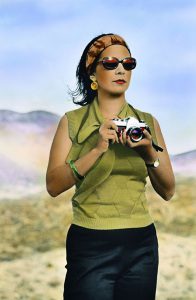 Tracey Moffatt was born in 1960 in Brisbane, Australia. She received her BA in visual communications from the Queensland College of Art in 1982. After graduating, Moffatt moved to Sydney, where she commenced her stylistically diverse body of films and photography that investigate issues such as race, childhood trauma, and the media. In 1996 Moffatt exhibited a series of black-and-white photographs of aboriginal dancers entitled “Some Lads” (1986) alongside the color photograph “The Movie Star” (1985). In the latter work, the aboriginal actor David Gulpili drinks a beer and reclines lazily across a car hood, appropriating the stance of white Australian surfers as they are popularly displayed in the media. The photographic series “Something More” (1989) presents a rich fragmented narrative with suggestive images of violence, glamour, and disappointed dreams. In her film “Night Cries: A Rural Tragedy” (1989), which brought Moffatt international attention when screened at the Cannes Film Festival, the artist engages with both national and personal history through the complex relationship between an aboriginal woman and her dying white foster mother. In “Pet Thang” (1991), dreamlike images of a nude woman and a sheep float in the dark. “Bedevil” (1993), Moffatt’s first feature-length film, narrates several ghost stories passed down to the artist when she was growing up. The photographic series “Scarred for Life” (1994) depicts childhood and adolescence as times saturated with violence, neglect, and psychological turmoil in the format of old faded Time magazine pages. The artist revisited the style and themes of this work in 1999 with a second version of “Scarred for Life”. In “GUAPA (Goodlooking)” (1995), the frenetic world of roller-derby girls is breathlessly suspended in somber, color-drained photographs. In the film “Heaven” (1997), Moffatt became the ultimate voyeur as she videotaped and goaded male surfers publicly dressing and undressing on Sydney’s Bondi Beach. Moffatt engaged with a new medium in 1998 with her series of photogravures entitled “Laudanum”. On the occasion of the 2000 Sydney Olympic Games, Moffatt distilled the empty expressions of athletes who ranked an anticlimactic fourth-place in their events. The ten large-scale pieces that comprise Moffatt’s “Adventure Series” (2004) draw from the melodramatic, hyper-sexualized, and violent world of comics and B-movies. In “Under the Sign of Scorpio” (2005), Moffatt disguises herself as forty famous women (Catherine Deneuve, Georgia O’Keefe, Bjork, etc.), all born under the sign of Scorpio, posed before various backdrops of romantic splendor or cataclysmic explosions. In her film “Doomed (2007)”, Moffatt spliced together scenes of destruction as dramatized in popular cinema.
Tracey Moffatt was born in 1960 in Brisbane, Australia. She received her BA in visual communications from the Queensland College of Art in 1982. After graduating, Moffatt moved to Sydney, where she commenced her stylistically diverse body of films and photography that investigate issues such as race, childhood trauma, and the media. In 1996 Moffatt exhibited a series of black-and-white photographs of aboriginal dancers entitled “Some Lads” (1986) alongside the color photograph “The Movie Star” (1985). In the latter work, the aboriginal actor David Gulpili drinks a beer and reclines lazily across a car hood, appropriating the stance of white Australian surfers as they are popularly displayed in the media. The photographic series “Something More” (1989) presents a rich fragmented narrative with suggestive images of violence, glamour, and disappointed dreams. In her film “Night Cries: A Rural Tragedy” (1989), which brought Moffatt international attention when screened at the Cannes Film Festival, the artist engages with both national and personal history through the complex relationship between an aboriginal woman and her dying white foster mother. In “Pet Thang” (1991), dreamlike images of a nude woman and a sheep float in the dark. “Bedevil” (1993), Moffatt’s first feature-length film, narrates several ghost stories passed down to the artist when she was growing up. The photographic series “Scarred for Life” (1994) depicts childhood and adolescence as times saturated with violence, neglect, and psychological turmoil in the format of old faded Time magazine pages. The artist revisited the style and themes of this work in 1999 with a second version of “Scarred for Life”. In “GUAPA (Goodlooking)” (1995), the frenetic world of roller-derby girls is breathlessly suspended in somber, color-drained photographs. In the film “Heaven” (1997), Moffatt became the ultimate voyeur as she videotaped and goaded male surfers publicly dressing and undressing on Sydney’s Bondi Beach. Moffatt engaged with a new medium in 1998 with her series of photogravures entitled “Laudanum”. On the occasion of the 2000 Sydney Olympic Games, Moffatt distilled the empty expressions of athletes who ranked an anticlimactic fourth-place in their events. The ten large-scale pieces that comprise Moffatt’s “Adventure Series” (2004) draw from the melodramatic, hyper-sexualized, and violent world of comics and B-movies. In “Under the Sign of Scorpio” (2005), Moffatt disguises herself as forty famous women (Catherine Deneuve, Georgia O’Keefe, Bjork, etc.), all born under the sign of Scorpio, posed before various backdrops of romantic splendor or cataclysmic explosions. In her film “Doomed (2007)”, Moffatt spliced together scenes of destruction as dramatized in popular cinema.



